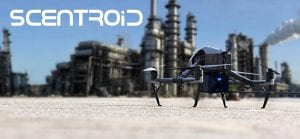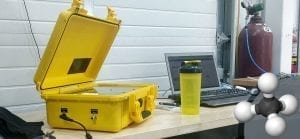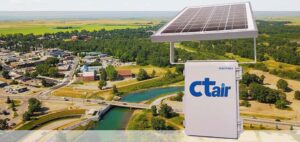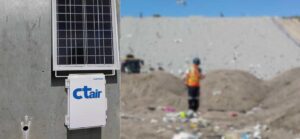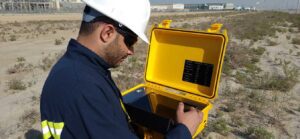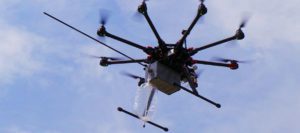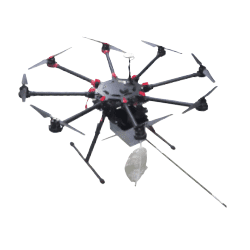It is a belief that smog kills more than 47,000 people each year in Poland alone. Smog levels increase in winters mostly due to the burning of solid fuels for residential heating. On some winter days, a haze obscures the lights of Polish city skyscrapers and the air smells like burning plastic. Millions of citizens heat their homes with low-quality coal, scrap pieces of wood, and even garbage. This releases not only smog but dangerous chemicals – an act that is illegal under Polish law. Katowice city in southern Poland, with a population of 297,197 is a large coal and steel center in Poland. It is also one of the most polluted cities in Europe. Polish authorities put into action to use drone environmental monitoring to combat this smog.
Drone Environmental Monitoring
In Katowice, the city police began fighting polluters using the Scentroid DR1000 Flying lab. The DR1000 is capable of detecting hundreds of pollutants, but for this application, it is detecting Particulate PM1-10, Ethanol, Formaldehyde, Ammonia, and Hydrogen Chloride.
These chemicals provide evidence of the burning of low-quality coal, scrap wood pieces, or even garbage.
Special Police Environmental units deploy the drone in residential neighbourhoods, monitoring for elevated levels of pollutants. They cover a large area and the DR1000 will take readings from specific chimneys. The operator and central station receive all readings live. At this point, dispatched police inspectors conduct further investigation or issue additional fines. The DR1000 Drone Environmental Monitor grabs samples from smokestacks to be sent to a laboratory if further evidence is required.
Ease of Use
The Scentroid DR1000 Flying laboratory equipped with 5 sensors is used for fast inspections and continuous monitoring of multiple chemicals. All you need to do is to fly the drone up to the stack height, and full information including all sensors reading, humidity, temperature and GPS position are sent to the ground station and the cloud-based monitoring software automatically.


